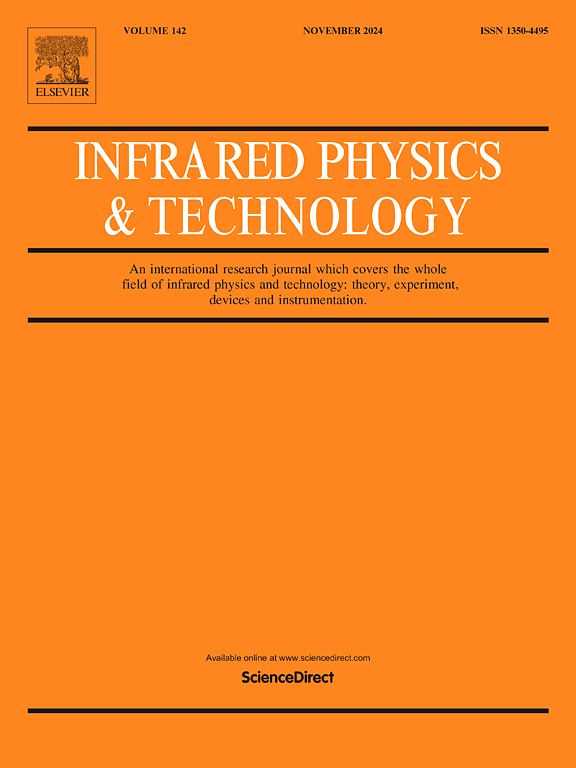Near-infrared vascular image segmentation using multi-stage enhancement and TAU-Net
IF 3.1
3区 物理与天体物理
Q2 INSTRUMENTS & INSTRUMENTATION
引用次数: 0
Abstract
Near-infrared optical imaging technology provides a non-invasive solution for visualization and monitoring of subcutaneous vascular structures. In order to solve the problems of low vascular image quality and inefficient and inaccurate manual segmentation, we propose a complete set of image processing methods. First, the blood vessel images are preprocessed by the background removal, Gaussian filtering, and contrast stretching. Then the image details are enhanced by a multi-stage enhancement method, which combines the Residual Convolutional AutoEncoder (RCAE) and Contrast Limited Adaptive Histogram Equalization (CLAHE) to effectively improve the contrast between vascular region and other tissue regions. Finally, the images are segmented by our Triplet Attention U-Net (TAU-Net) model, which improves the efficiency and performance of attention mechanism. The TAU-Net introduces a triple attention module in U-Net for the first time, which strengthens the computational ability of spatial and channel attention models. The main segmentation head and auxiliary segmentation head are combined to improve the gradient information, promote the multi-scale learning of network. Numerous experimental results show that our model can flexibly process blood vessel images of various quality levels and distribution forms, and effectively segment their contours well.
基于多阶段增强和TAU-Net的近红外血管图像分割
近红外光学成像技术为皮下血管结构的可视化和监测提供了一种无创的解决方案。为了解决血管图像质量低、人工分割效率低、不准确的问题,我们提出了一套完整的图像处理方法。首先,对血管图像进行背景去除、高斯滤波和对比度拉伸预处理。然后采用残差卷积自动编码器(RCAE)和对比度有限自适应直方图均衡化(CLAHE)相结合的多阶段增强方法对图像细节进行增强,有效提高血管区域与其他组织区域的对比度。最后,利用我们的三元注意力U-Net模型对图像进行分割,提高了注意力机制的效率和性能。TAU-Net首次在U-Net中引入了三重注意模块,增强了空间和信道注意模型的计算能力。将主分割头和辅助分割头相结合,提高了梯度信息,促进了网络的多尺度学习。大量实验结果表明,该模型可以灵活地处理各种质量水平和分布形式的血管图像,并能很好地分割血管图像的轮廓。
本文章由计算机程序翻译,如有差异,请以英文原文为准。
求助全文
约1分钟内获得全文
求助全文
来源期刊
CiteScore
5.70
自引率
12.10%
发文量
400
审稿时长
67 days
期刊介绍:
The Journal covers the entire field of infrared physics and technology: theory, experiment, application, devices and instrumentation. Infrared'' is defined as covering the near, mid and far infrared (terahertz) regions from 0.75um (750nm) to 1mm (300GHz.) Submissions in the 300GHz to 100GHz region may be accepted at the editors discretion if their content is relevant to shorter wavelengths. Submissions must be primarily concerned with and directly relevant to this spectral region.
Its core topics can be summarized as the generation, propagation and detection, of infrared radiation; the associated optics, materials and devices; and its use in all fields of science, industry, engineering and medicine.
Infrared techniques occur in many different fields, notably spectroscopy and interferometry; material characterization and processing; atmospheric physics, astronomy and space research. Scientific aspects include lasers, quantum optics, quantum electronics, image processing and semiconductor physics. Some important applications are medical diagnostics and treatment, industrial inspection and environmental monitoring.

 求助内容:
求助内容: 应助结果提醒方式:
应助结果提醒方式:


